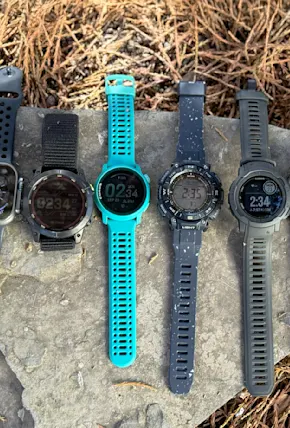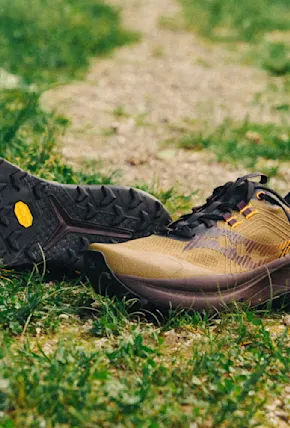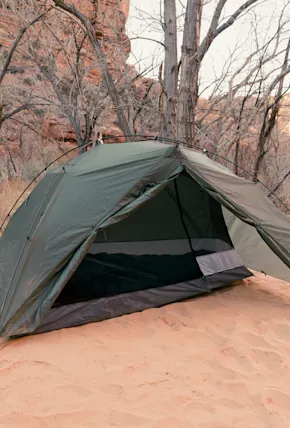The great sourdough craze of 2020 paved a gluten-rich road for the home pizza oven, the epitome of a thing nobody needs but everybody needs. Eager to improve my culinary skills and my backyard living setup, and inspired by Field Mag's review of the Gozney Tread, I recently had the opportunity to test the new Pi Fire pizza oven and Bonfire Solo Stove here in Philadelphia. With minimal setup and a reported pizza cook time of just eight minutes, I was eager to see how it performed.
But first, a quick primer on the product. Designed to be compatible with three sizes of the brand's best-selling smokeless portable fire pits—including the 15” Ranger, 19.5” Bonfire, and 27” Yukon—the elevated Pi Fire pizza oven attaches and sits safely above the fire to turn flame into pizza-making fuel. (Though not yet released, a ginormous Canyon Pi Fire for the 30” fire pit will soon offer the skilled home chef space to make full-size pies.)
Made of ceramic coated stainless steel with an internal pizza stone cooking surface, the sleek Pi Fire is as attractive as it is efficient. Set up requires minimal effort and tools, mainly a screwdriver to attach the support legs.
Read on for my full review of the Solo Stove Pi Fire pizza oven. But first, a quick TL;DR rundown for all you skimmers.










